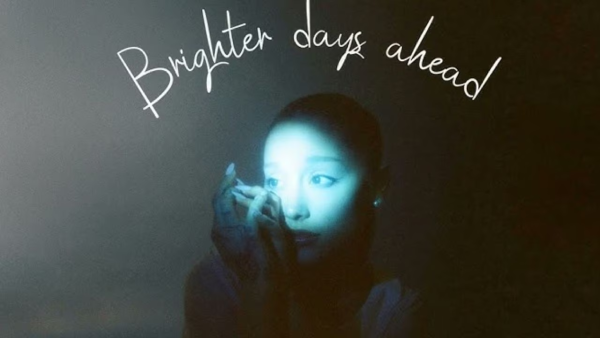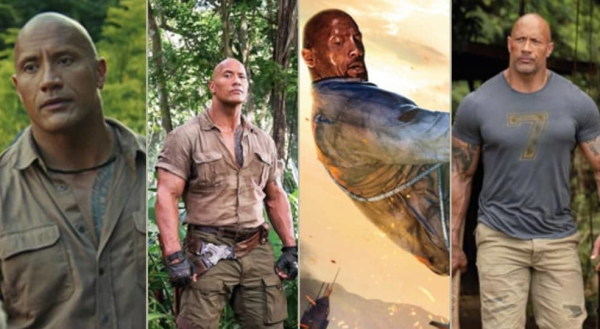Fake Blonde

Ana de Armas stars as Marilyn Monroe in the Netflix movie Blonde. The movie depicted a fictional take on Monroe’s life.
Blonde made me forget how to smile for two and a half hours.
The glamorous image of one of America’s sweethearts, Marilyn Monroe, has been shredded to pieces. The beautiful, talented, “role model” we’ve all seen her as for so many years was brutally torn apart and exposed in ways we weren’t ready for. Was her story ruined, or was it all an illusion? Andrew Dominick wrote and directed, Blonde which was released on Netflix this summer to mixed reactions but uniform reviews.
Dominick’s self-proclaimed fictional account of Monroe’s life takes great pains to make the lead character look and sound like the legendary actress and is populated by many of the people she worked alongside or had sexual encounters with throughout her career.
It is difficult, at times, to remember that Dominick is not writing and directing a biography because many of Monroe’s life events are used -mostly inaccurately- during the movie. It even goes so far as to bring her mother’s life and psychiatric problems into the movie. Monroe’s mother had paranoid schizophrenia and had a breakdown when Monroe was just eight years old- in real life, not just in the movie.
Blonde was universally criticized in the U.S. press and media for a number of reasons. The biggest complaint seems to be that it is an inaccurate representation of the story of Monroe’s life, even though it was presented as fictional.
Monroe was one of America’s sweethearts. She was loved and admired by people for her looks and talent. She is remembered as the former wife of the playwright Arthur Miller and then the baseball legend Joe Dimaggio. In the 1950s, Monroe had the courage and strength to form her own production company, spoke against Joe McCarthy and his anti-communist witchhunts, and against segregation and racial inequality.
Monroe was hardly a wallflower in the 1950s. Dominick did not touch on any of these positives of course and the American public and movie critics who remember Monroe fondly are not impressed.
My own displeasure with Dominick’s alleged fictional movie comes from a different direction. I believe that his writing and direction show a real lack of talent in his stunning inability to tell the story without having the lead actress be nude for large portions of the movie and without showing graphic rape and sex scenes. I can only assume that this content is there for a very particular and perverted selection of the male audience (or maybe just for himself). If graphic depiction of the abuse, humiliation, and degradation of a person is able to be called “art” then I’ll pass.
Great storytellers and directors are able to get the job done without gratuitous sex, violence, and thinly veiled judgment on abortion. More so, even less thinly veiled content showing a woman as an object and victim without the intelligence or strength to stand up or look after themselves. The real Marilyn Monroe had talent, character, and strength- despite her truly difficult childhood and being immersed in a culture of male dominance and control. Dominick wasted an opportunity to highlight the abuse of women generally, but in particular in her industry at the time.
Dominick said in an interview this earlier year that he thought one of Monroe’s iconic movies Gentlemen Prefer Blondes alongside Hollywood star Jane Russell was just a movie “about well-dressed whores.” Dominick spends 2 ½ hours trying to convince us that Monroe was damaged goods. In fact, the unnecessary sex, constant nudity, abuse, as well as horrifically graphic rape and abortion scenes only managed to convince me that Dominick is the real damaged goods on display.
If you have two and a half hours to spare, do yourself a favor and skip Blonde and rent Some Like it Hot with Marilyn Monroe, Jack Lennon, and Tony Curtis. It won six Oscars and will make you smile again.

Iliana Sherry is beginning her first year in the Journalism program and is a senior at Monte Vista. Iliana...






